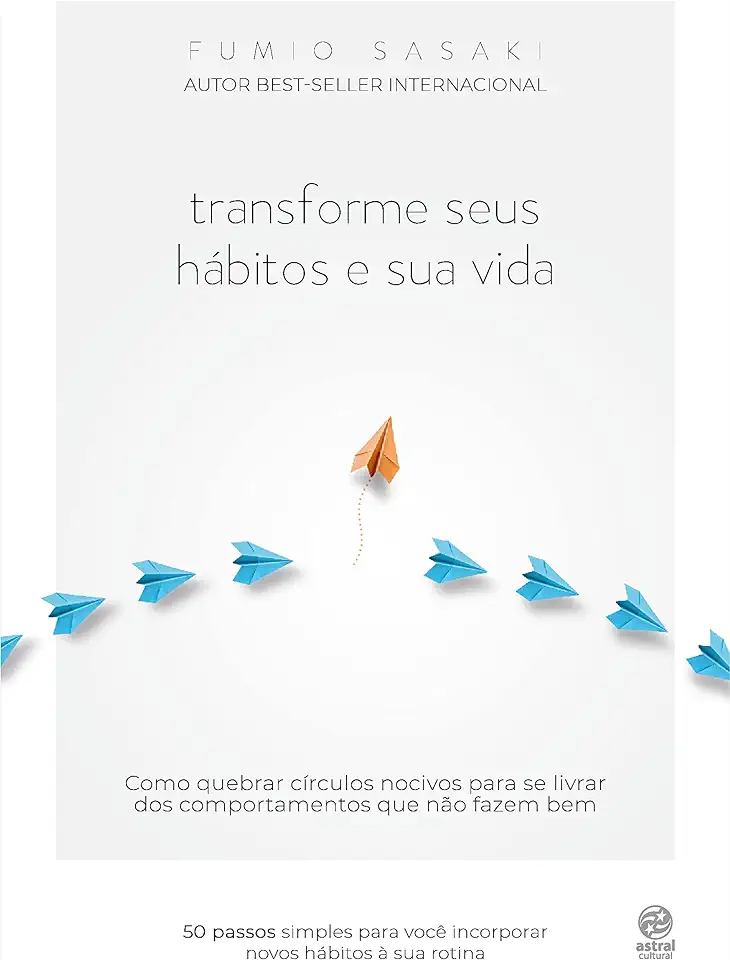
Change Your Habits, Change Your Life: How to Break Bad Habits and Live a Better Life
Change Your Habits, Change Your Life: How to Break Bad Habits and Live a Better Life
Introduction
In "Change Your Habits, Change Your Life," renowned habit expert Tom Corley reveals the secrets to breaking bad habits and developing good ones. Based on his groundbreaking research, Corley has identified the key factors that contribute to habit formation and change. He explains how habits are formed, how they can be broken, and how new habits can be created.
The Power of Habits
Habits are the routines that we perform on a regular basis, often without thinking about them. They can be good habits, such as brushing our teeth or exercising, or bad habits, such as smoking or overeating. Habits are formed when our brains create neural pathways that link certain cues to certain actions. When we repeat an action over and over again, the neural pathway becomes stronger, making it more likely that we will continue to perform the action.
Breaking Bad Habits
Breaking a bad habit can be challenging, but it is possible. Corley outlines a five-step process for breaking bad habits:
- Identify the habit you want to break.
- Understand the cues that trigger the habit.
- Develop a plan to avoid the cues.
- Replace the bad habit with a good habit.
- Be patient and persistent.
Creating Good Habits
Creating a new habit can be just as challenging as breaking a bad habit. However, by following Corley's five-step process, you can increase your chances of success:
- Choose a habit that you want to develop.
- Set a specific goal for the habit.
- Create a plan for how you will achieve the habit.
- Start small and gradually increase the difficulty.
- Be patient and persistent.
The Benefits of Changing Your Habits
Changing your habits can have a profound impact on your life. Good habits can help you to improve your health, your relationships, and your career. They can also give you more energy, more confidence, and more happiness.
Conclusion
"Change Your Habits, Change Your Life" is a must-read for anyone who wants to improve their life. Corley's research-based approach provides a clear and actionable plan for breaking bad habits and developing good ones. If you are ready to make a change, this book is for you.
Bonus: 10 Tips for Breaking Bad Habits
- Start small. Don't try to change everything all at once. Start by focusing on one or two bad habits that you want to break.
- Set realistic goals. Don't expect to break a bad habit overnight. Set small, achievable goals for yourself and gradually increase them as you progress.
- Create a plan. Figure out what cues trigger your bad habit and develop a plan to avoid them.
- Replace bad habits with good habits. When you find yourself tempted to engage in a bad habit, replace it with a good habit instead.
- Be patient and persistent. Breaking a bad habit takes time and effort. Don't get discouraged if you don't see results immediately. Just keep at it and you will eventually reach your goal.
- Get support. If you are struggling to break a bad habit, talk to a friend, family member, or therapist for support.
- Don't give up. Breaking a bad habit is not easy, but it is possible. Don't give up on yourself. If you keep at it, you will eventually reach your goal.
- Reward yourself. When you reach a milestone in your journey to breaking a bad habit, reward yourself for your hard work. This will help to keep you motivated and on track.
- Don't be afraid to ask for help. If you are struggling to break a bad habit, don't be afraid to ask for help from a professional. A therapist can help you to identify the root of your bad habit and develop strategies for breaking it.
- Believe in yourself. You have the power to change your habits and change your life. Believe in yourself and never give up on your dreams.
Enjoyed the summary? Discover all the details and take your reading to the next level — [click here to view the book on Amazon!]